Introduction to Paper Coffee Cups
In an era where sustainability is paramount, the demand for Paper coffee cups has surged. These ubiquitous containers not only serve a functional purpose but also symbolize a growing commitment to environmental responsibility. As businesses increasingly seek to minimize their ecological footprint, understanding the various facets of paper coffee cups—from their composition to their environmental impact—becomes essential. This article delves deeply into what paper coffee cups are, their benefits, environmental implications, types, and trends, providing a comprehensive resource for businesses and consumers alike.
What Are Paper Coffee Cups?
Paper coffee cups are disposable cups crafted primarily from paper. Typically coated with a thin layer of plastic or wax, they are designed to hold hot liquids, such as coffee and tea, without leaking. The paper used in these cups is usually sourced from renewable resources, making them a popular choice among environmentally conscious consumers. These cups can undergo recycling processes, depending on the materials used in their production.
Benefits of Using Paper Coffee Cups
The advantages of using paper coffee cups extend beyond traditional convenience. Key benefits include:
- Convenience: Lightweight and easy to carry, paper coffee cups are perfect for on-the-go consumption.
- Insulation: With options for single and double wall designs, these cups maintain the temperature of beverages while ensuring a comfortable grip.
- Customization: Businesses can print their branding and promotional messages directly on cups, enhancing visibility and customer engagement.
- Recyclability: Many paper coffee cups are recyclable, especially those made with materials that fit into standard recycling streams.
Environmental Impact of Paper Coffee Cups
While paper coffee cups offer some ecological advantages, such as being sourced from renewable resources, they also present challenges. The environmental impact hinges on several factors, including sourcing practices, manufacturing processes, and end-of-life disposal:
- Deforestation: Unsustainable harvesting practices can lead to deforestation, impacting biodiversity and contributing to climate change.
- Manufacturing Emissions: The production processes related to paper cups involve carbon emissions, which contribute to global warming.
- Landfill Waste: The plastic lining in many paper cups complicates recycling efforts, often leading to disposal in landfills.
Understanding these factors is critical for consumers and businesses aiming to make informed choices regarding their beverage service options.
Types of Paper Coffee Cups Available
Single Wall vs. Double Wall Paper Coffee Cups
Paper coffee cups are primarily available in two types: single wall and double wall. Each has its own set of features and suitable applications:
- Single Wall Coffee Cups: These are basic paper cups without any additional insulation. They are lightweight and cost-effective, ideal for less hot beverages like iced coffee. However, they may require sleeves for added insulation and comfort.
- Double Wall Coffee Cups: Made with an additional layer of paper, these cups provide better insulation against heat. Their design allows for safe handling of hot beverages without the need for sleeves, making them more user-friendly for coffee shops and cafes.
Eco-friendly Options and Certifications
As demand for sustainable products rises, various eco-friendly options are now available in the realm of paper coffee cups. Many manufacturers focus on sourcing materials from sustainable forests and adhering to certifications that ensure environmental accountability. Certifications such as FSC (Forest Stewardship Council) and SFI (Sustainable Forestry Initiative) indicate responsible sourcing practices. Additionally, some paper cups come with biodegradable linings made from plant-based materials, reducing their impact on landfill waste.
Customized Paper Coffee Cups for Branding
Custom branding on paper coffee cups offers significant marketing potential for businesses. This personalization can vary from standard printing of logos to intricate designs that communicate brand values. Customized cups serve as mobile advertising, promoting the brand whenever a customer takes their drink on the go. Various printing techniques, such as flexography or digital printing, allow for intricately designed graphics that engage consumers and enhance brand recognition.
Choosing the Right Paper Coffee Cups for Your Business
Factors to Consider When Selecting Paper Coffee Cups
When selecting paper coffee cups for a business, several critical factors must be considered:
- Material Quality: High-quality materials ensure durability and prevent leaks, maintaining customer satisfaction.
- Cost: Evaluate the budget and select cups that provide a balance between quality and affordability.
- Environmental Impact: Choose options that reflect your brand’s commitment to sustainability, such as recyclable or biodegradable cups.
- Size Variations: Ensure the availability of various sizes to accommodate diverse beverage offerings.
Understanding Size and Capacity Options
Paper coffee cups come in various sizes, catering to different beverage volumes. Common sizes include:
- Small (8 oz): Ideal for espresso drinks or small servings.
- Medium (12 oz): Often used for standard coffee and tea orders.
- Large (16 oz): Suitable for larger coffee servings or specialty drinks.
- Extra Large (20 oz): Typically reserved for iced beverages or larger customer orders.
Understanding these options can enhance customer satisfaction and operational efficiency.
Designing Attractive Paper Coffee Cups
The design of paper coffee cups plays a vital role in customer perception. An attractive cup design can draw customers in and create a memorable experience. Successful cup designs often include the following elements:
- Color: Vibrant colors can be eye-catching and reflect brand personality.
- Graphics: Illustrations or logos should be clean and representative of the brand.
- Typography: The font used should be easily legible while aligning with the brand’s identity.
Moreover, involving customers in design elements through social media or contests can create engagement and foster loyalty.
Best Practices for Selling Paper Coffee Cups
Marketing Strategies for Paper Coffee Cups
To effectively market paper coffee cups, businesses can adopt various strategies:
- Social Media Campaigns: Showcase unique cup designs and customer experiences on platforms like Instagram and Facebook.
- Partnerships: Collaborate with local businesses to cross-promote one another’s products.
- Seasonal Promotions: Introduce limited-time designs or discounts, capitalizing on holidays and events.
- Environmental Messaging: Highlight sustainable practices in marketing materials to attract eco-conscious consumers.
Engaging Customers through Eco-Friendly Messaging
Communicating the environmental benefits of using paper coffee cups is essential in attracting and retaining customers. Ensure that your marketing emphasizes aspects such as:
- Sourcing: Highlight sustainable sourcing practices and any eco-certifications obtained.
- Recyclability: Educate customers on how to properly dispose of their cups to minimize landfill contributions.
- Community Involvement: Participate in or sponsor local environmental initiatives to demonstrate commitment to sustainability.
Quality Control and Customer Feedback on Paper Coffee Cups
Ensuring consistent quality in paper coffee cups is crucial for maintaining customer satisfaction. Implement regular quality control checks during production and distribution. Gathering customer feedback on the usability and design of the cups can provide valuable insights for improvement. Tools such as surveys or direct feedback channels can facilitate constructive dialogue with customers, allowing businesses to adapt to consumer needs and preferences more effectively.
Future Trends in Paper Coffee Cups
Innovations in Paper Coffee Cup Manufacturing
The future of paper coffee cups is on an upward trajectory driven by innovation. New manufacturing techniques are being explored to enhance the sustainability and efficiency of production processes. Innovations may include:
- Compostable Liners: Developing fully compostable alternatives to traditional plastic linings, aiding in reducing waste.
- Biodegradable Materials: Advancements in materials science are leading to the creation of biodegradable paper options that decompose naturally.
- Smart Technology: Integrating smart technology into cups to allow for temperature monitoring or interactive marketing features.
Sustainable Practices in the Coffee Industry
The coffee industry is increasingly focusing on sustainability, impacting the demand for eco-friendly packaging solutions. Practices such as fair-trade sourcing, community engagement, and the reduction of carbon footprints are becoming standard. Businesses that emphasize these practices in their branding and marketing not only attract eco-conscious consumers but also contribute to the overall health of the planet.
Predictions for Paper Coffee Cup Usage by 2030
As consumer preferences evolve, predictions indicate a significant shift towards sustainable paper coffee cups by 2030. Factors influencing this trajectory include:
- Regulatory Changes: Government regulations promoting sustainable packaging could drive the adoption of paper cups as a standard.
- Consumer Awareness: Increasing awareness surrounding environmental issues is likely to boost demand for sustainable beverage containers.
- Technological Advancements: Further innovations in materials and production processes will facilitate the use of eco-friendly alternatives at scale.
These trends represent both a challenge and opportunity for businesses as they navigate the shift toward sustainability in the beverage industry.

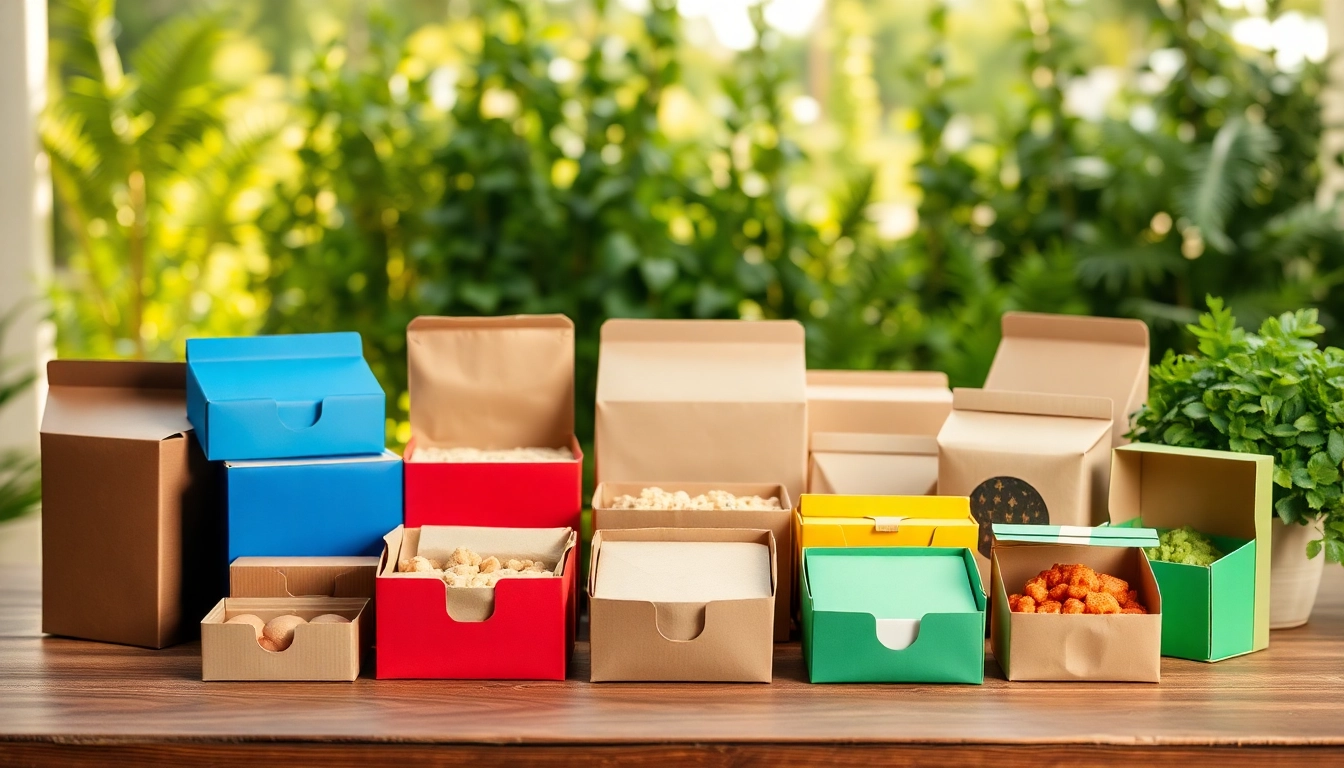
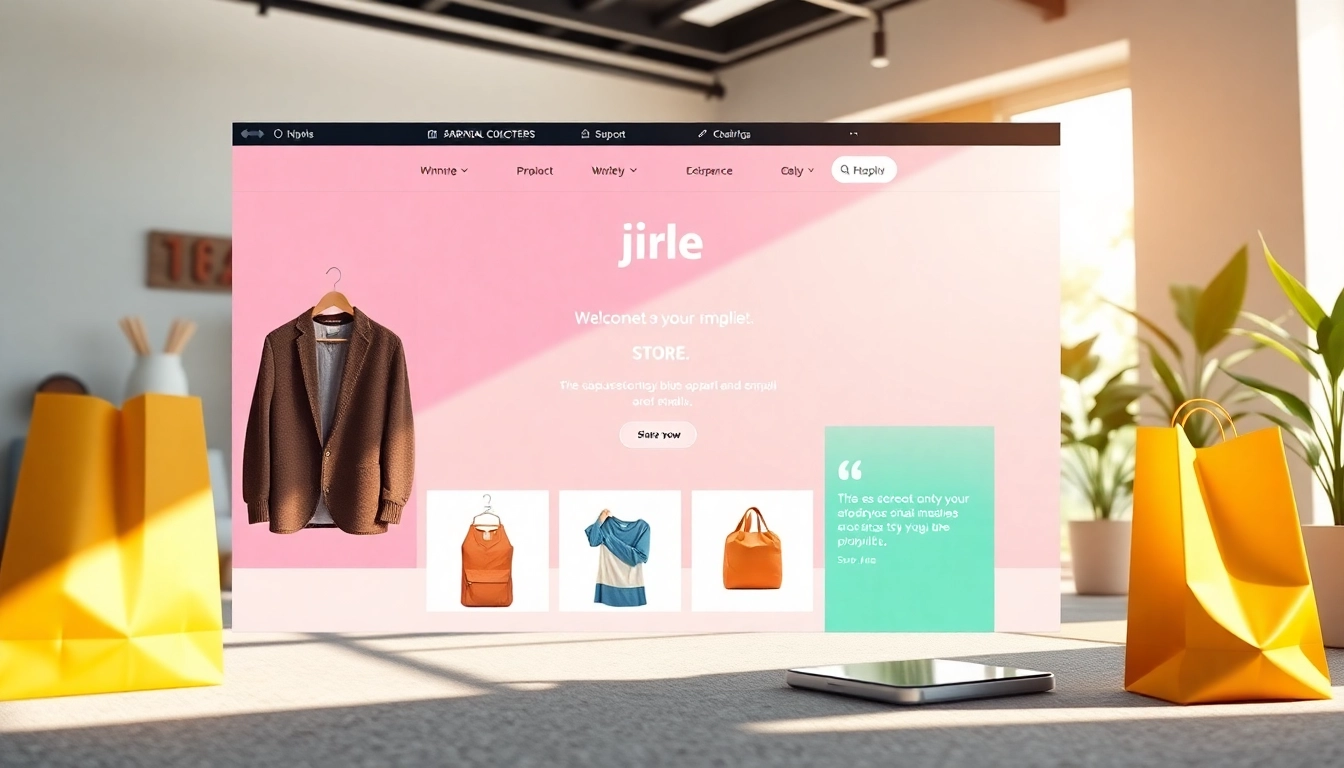
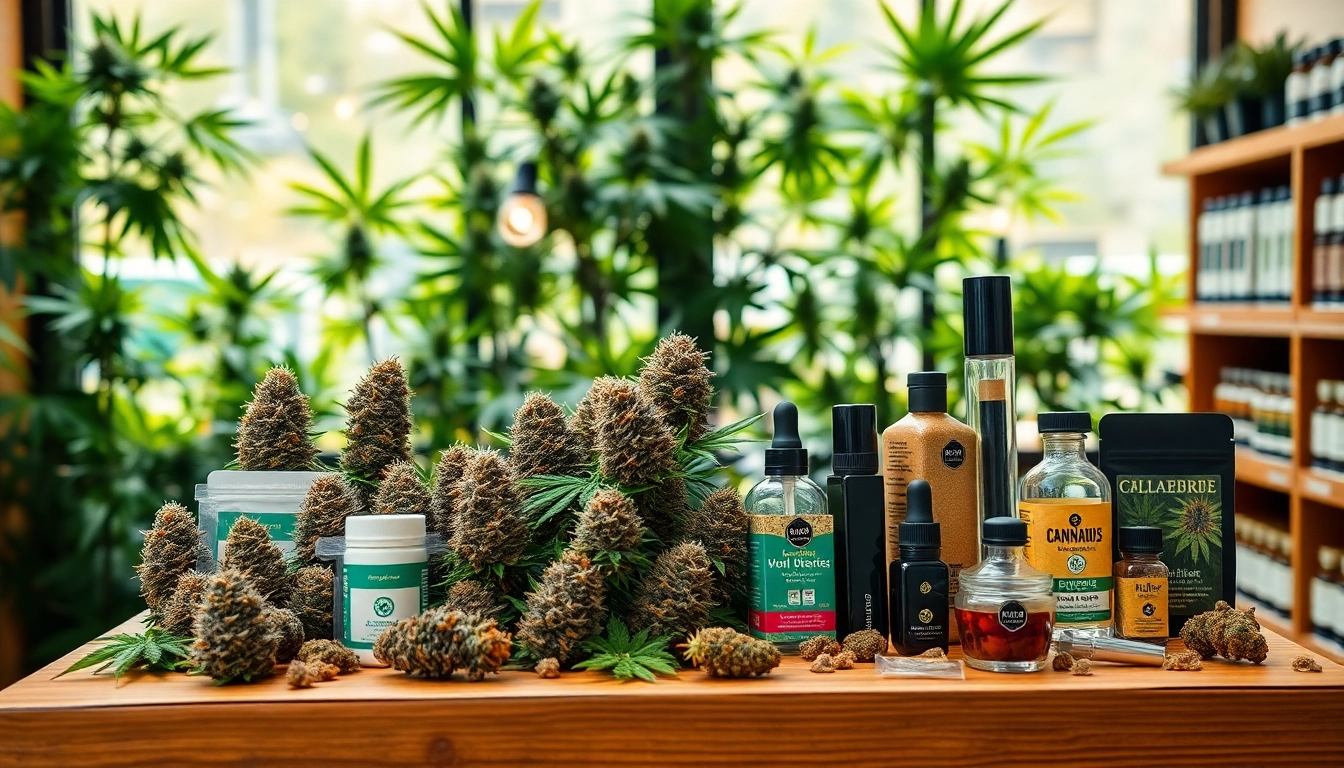
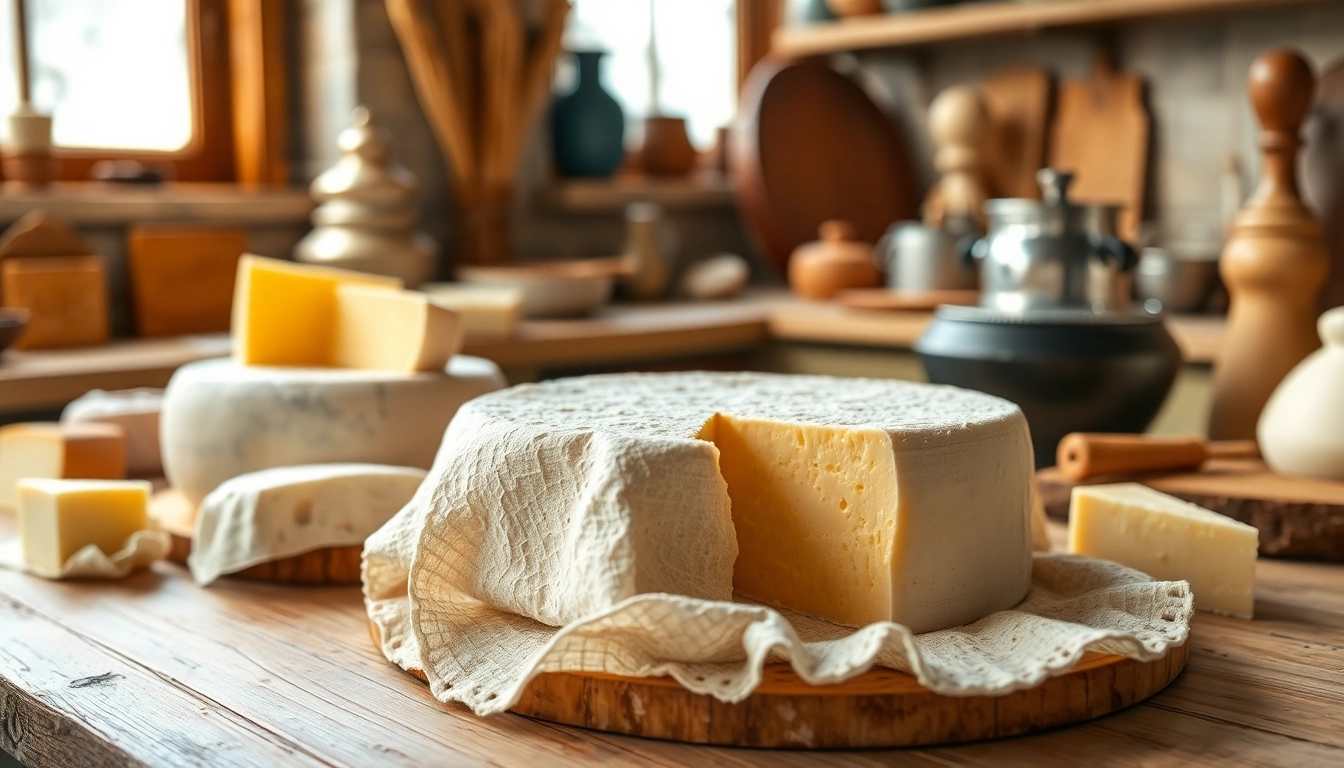
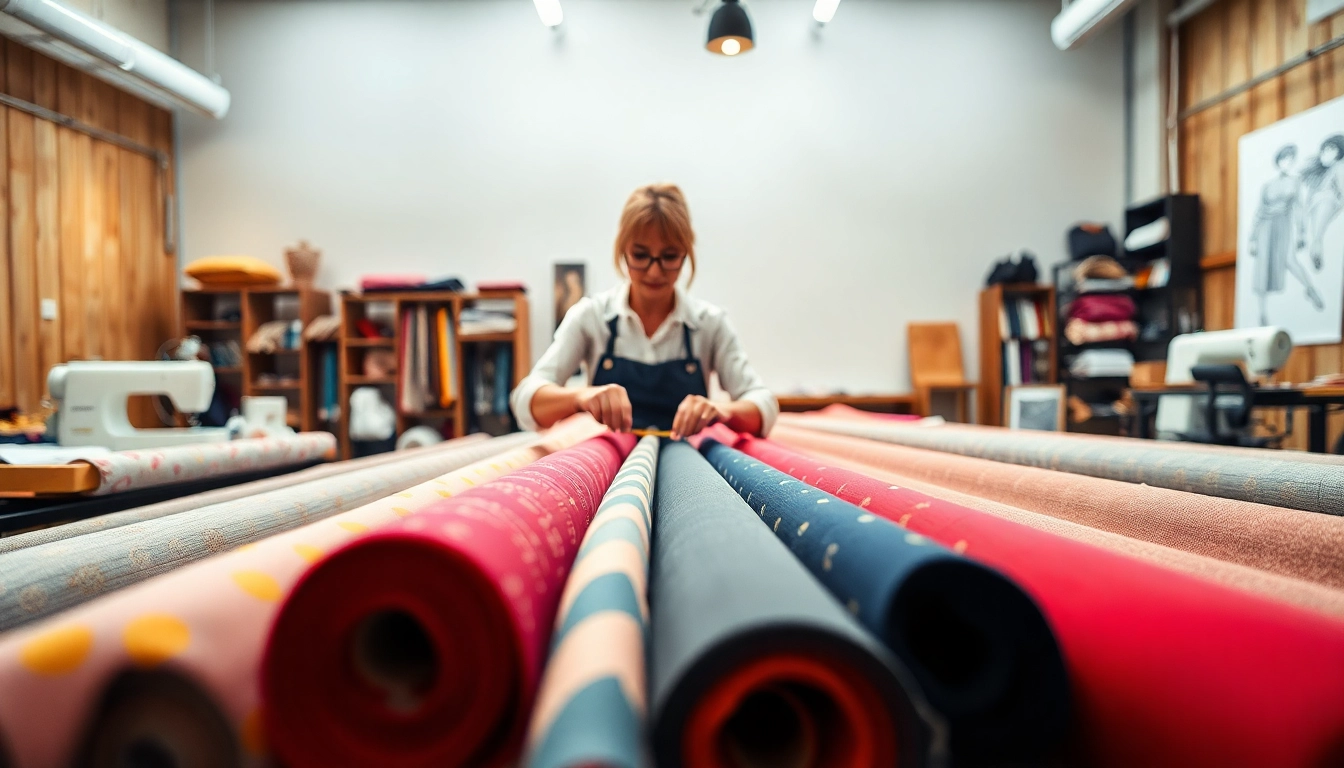


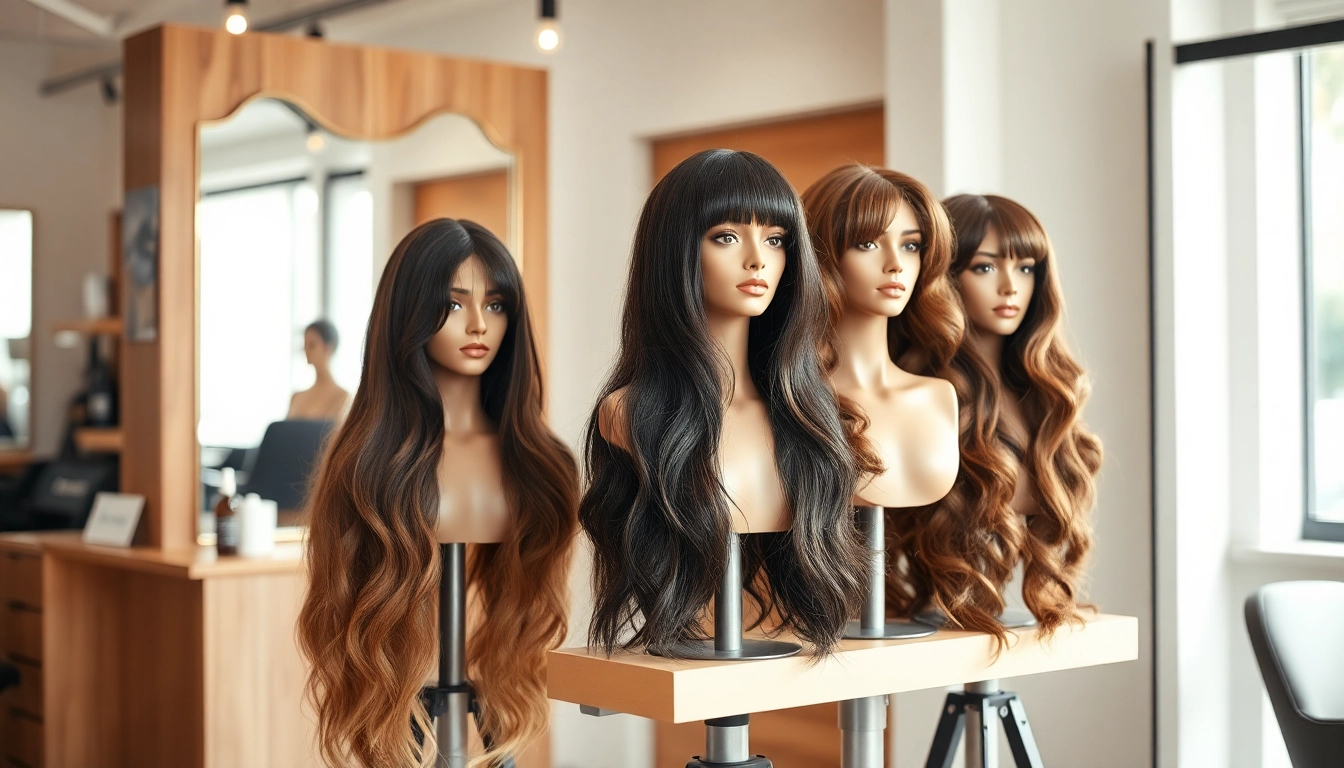
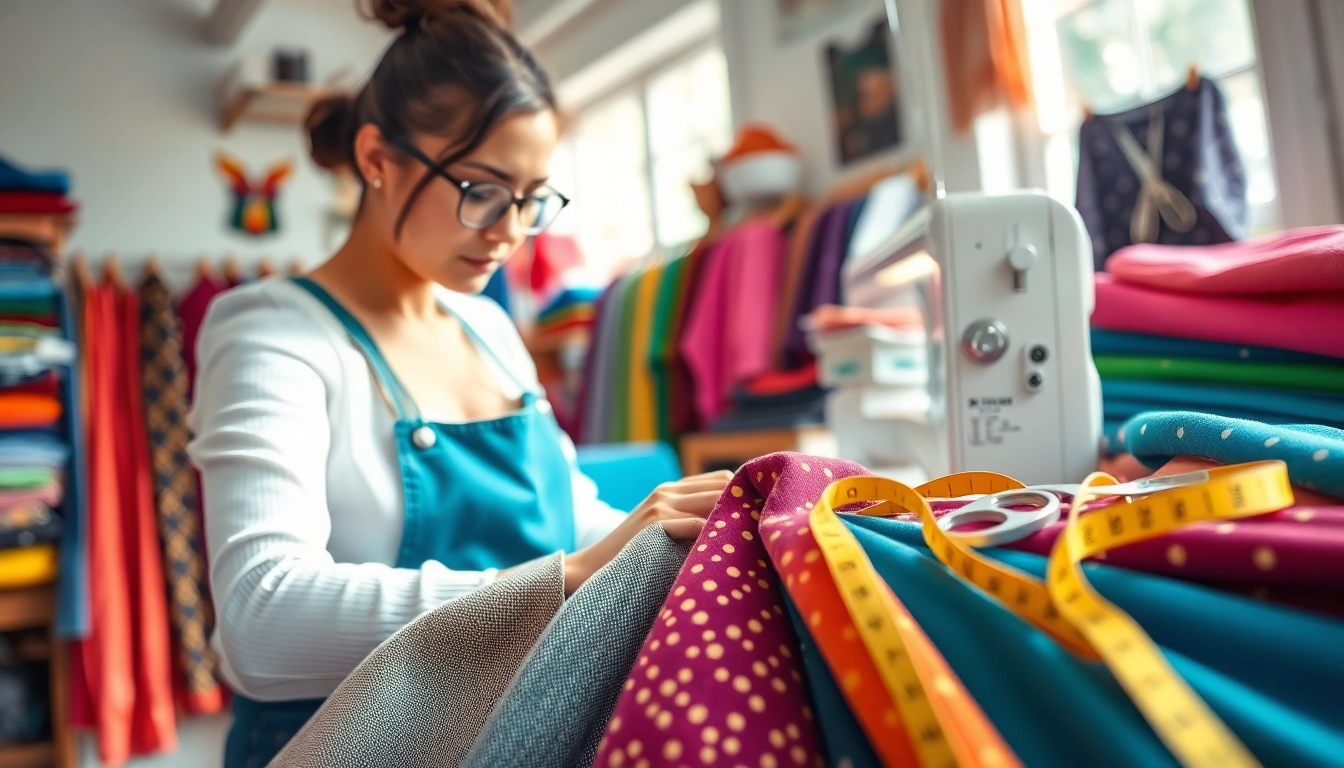


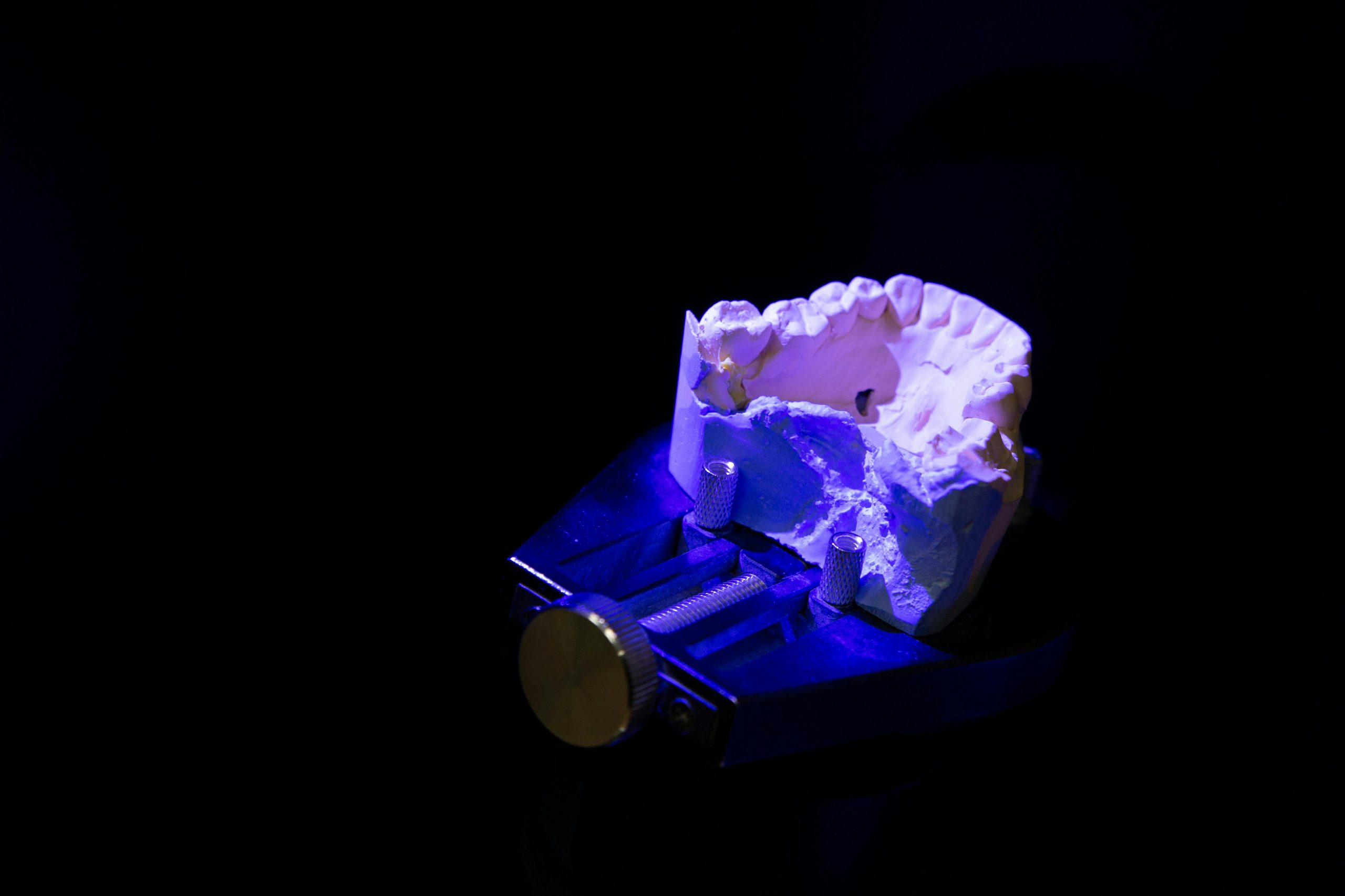
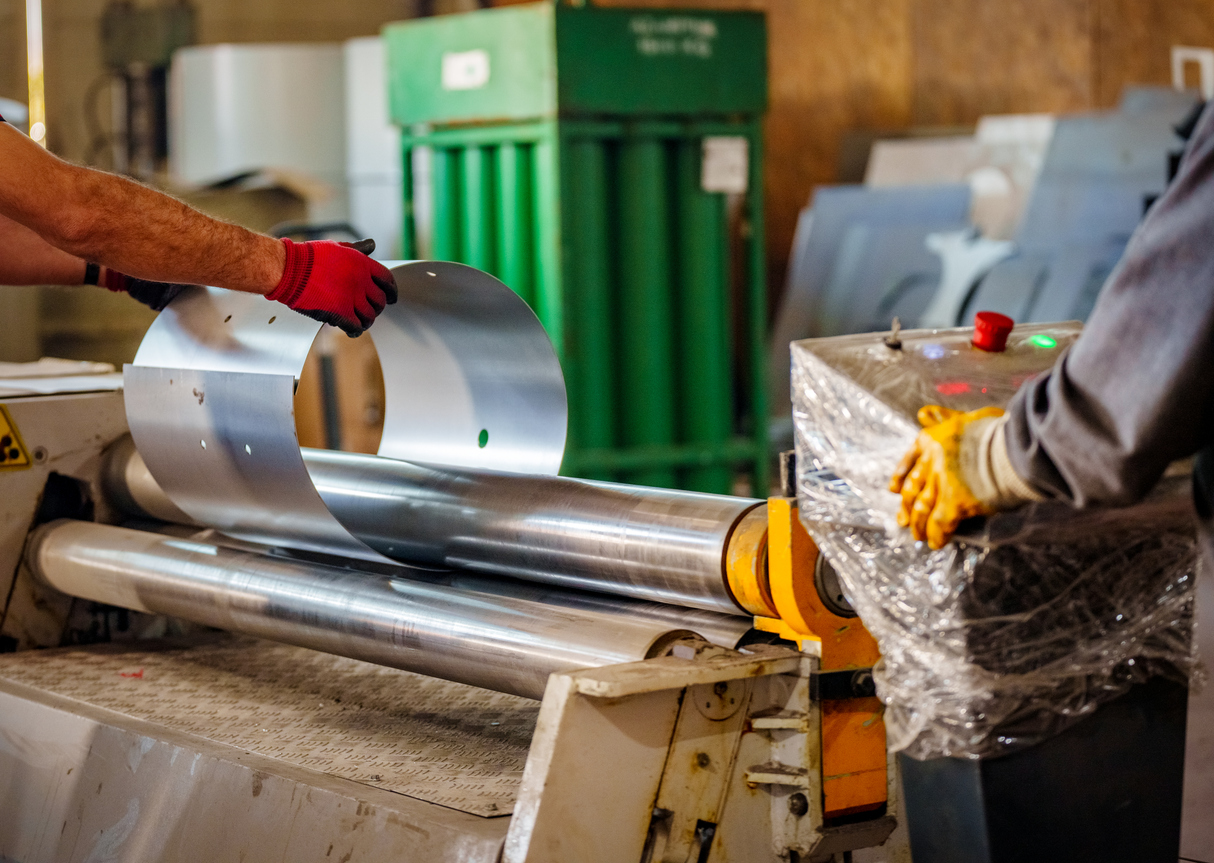

Leave a Reply